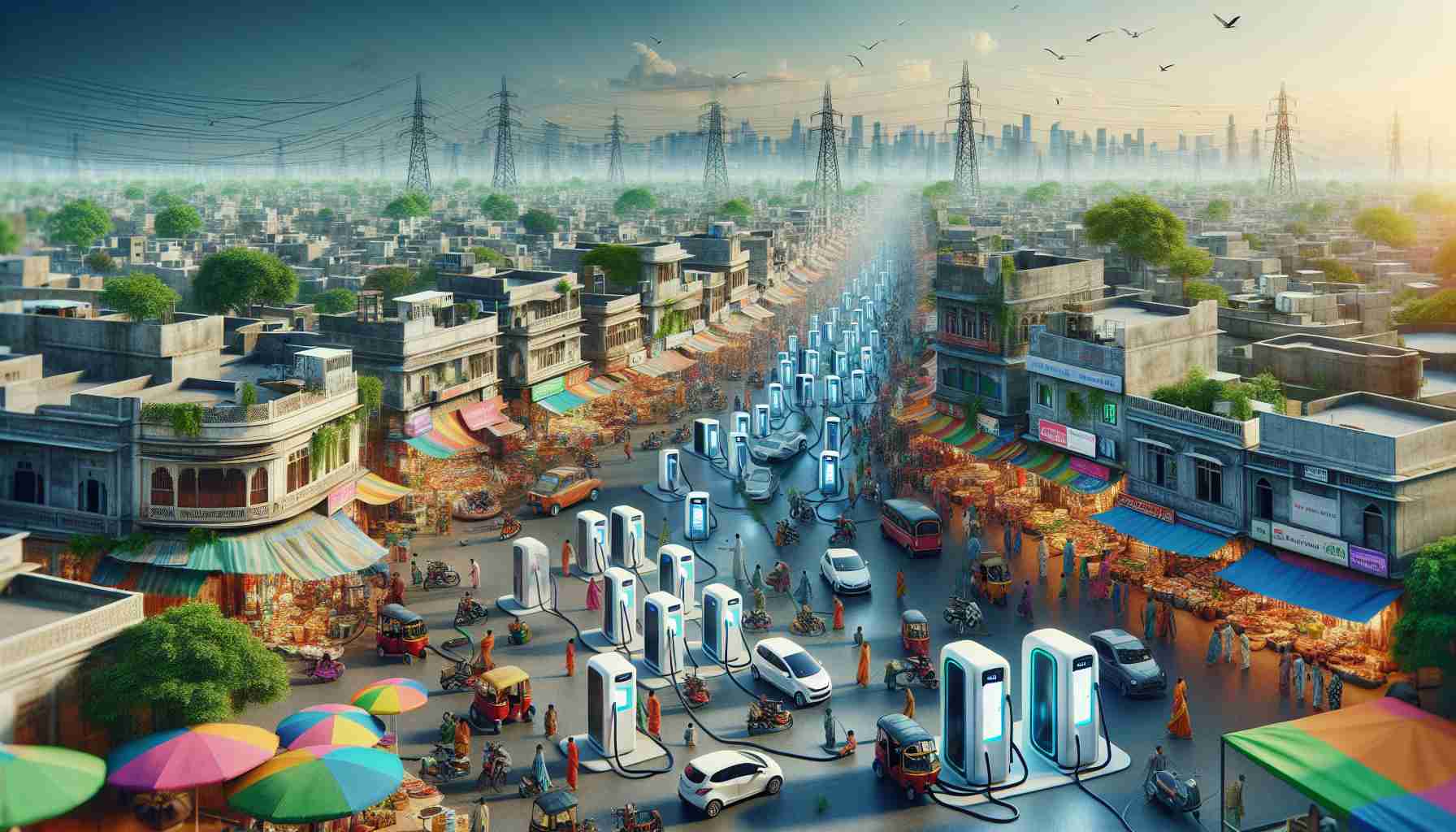Ramping Up the EV Infrastructure
India has made significant strides in establishing its electric vehicle (EV) charging infrastructure, now boasting an impressive total of 25,202 public charging stations. The southern state of Karnataka is at the forefront, with 5,765 stations set up, while Maharashtra and Uttar Pradesh follow with 3,728 and 1,989 stations, respectively, according to information provided by the Minister of State for Heavy Industries and Steel, Bhupathiraju Srinivasa Varma, during a recent Rajya Sabha session.
Factors influencing the required charging infrastructure include the type of electric vehicles in operation, their usage patterns, and local geography. Currently, there is no universally accepted standard for determining the optimal number of charging points per vehicle, as the landscape continues to evolve.
To further boost EV adoption, the Ministry of Heavy Industries (MHI) has introduced the PM Electric Drive Revolution in Innovative Vehicle Enhancement (PM E-DRIVE) initiative, with an ambitious budget of INR 10,900 crore over two years, allocating INR 2,000 crore specifically for public charging stations.
To enhance operational efficiency, the Ministry of Power recently released new guidelines aimed at creating a more unified and interoperable charging network across the nation. The Vahan portal reports a growing number of electric vehicles, with over 28 lakh electric two-wheelers and 2.5 lakh electric four-wheelers registered as of December 2024. Projections indicate that India’s EV charging market could reach USD 3.7 billion by 2030, driven by innovative solutions like battery swapping and increasing affordability in the electric vehicle sector.
Powering the Future: India’s Electric Vehicle Charging Revolution
India is experiencing a remarkable transformation in its electric vehicle (EV) landscape, fueled by a robust expansion of charging infrastructure. With a notable 25,202 public charging stations established across the country, a gradual but significant shift toward sustainable transportation is underway. Karnataka leads the way with 5,765 stations, followed by Maharashtra and Uttar Pradesh with 3,728 and 1,989 stations, respectively. This network supports the increasing number of electric vehicles on Indian roads and enhances consumer confidence in EV technology.
Factors Influencing Charging Infrastructure
The demand for charging points is influenced by multiple factors, including the types of electric vehicles, their usage patterns, and regional geography. As the EV landscape changes, the criteria for determining the ideal number of charging stations per vehicle are still under discussion. This evolving situation highlights the need for flexible planning and resource allocation as the market expands.
PM E-DRIVE Initiative: A Push for EV Adoption
To stimulate the expansion of this infrastructure and encourage EV adoption, the Ministry of Heavy Industries (MHI) has initiated the PM Electric Drive Revolution in Innovative Vehicle Enhancement (PM E-DRIVE). With a budget of INR 10,900 crore over the next two years, INR 2,000 crore of this amount is earmarked specifically for public charging station development. This significant investment is anticipated to enhance accessibility and convenience for electric vehicle owners, fostering a more favorable environment for EV usage.
New Operational Guidelines
The Ministry of Power has introduced new guidelines aimed at creating a more unified and interoperable charging network nationwide. These guidelines are crucial for ensuring operational efficiency and technological compatibility among various charging stations, thus contributing to a seamless user experience.
Growing EV Market and Future Projections
As of December 2024, there are over 28 lakh electric two-wheelers and 2.5 lakh electric four-wheelers registered in India. This rapid increase underscores the shift towards electric mobility, supported by a favorable policy framework and growing consumer awareness.
According to market analyses, India’s EV charging sector is projected to grow significantly, with estimates suggesting it could reach USD 3.7 billion by 2030. Factors driving this growth include innovative solutions such as battery swapping and the decreasing cost of electric vehicles, making them more accessible to the average consumer.
Insights into EV Charging Trends
1. Battery Swapping Technology: This innovative approach allows electric vehicle owners to quickly exchange depleted batteries for fully charged ones, significantly reducing downtime and enhancing convenience.
2. Interoperable Charging Solutions: The push for a unified network means that consumers can expect a more seamless experience across different charging stations, irrespective of the vehicle brand.
3. Market Innovations: Various startups and established companies are developing unique solutions to further integrate EV charging within broader energy ecosystems, including solar-powered chargers and smart grid technology.
Limitations and Challenges
While the growth of EV infrastructure in India is promising, challenges such as the availability of land for charging stations, the integration of renewable energy sources, and the need for public awareness and education remain prevalent. Ongoing collaboration between government bodies, private enterprises, and consumers will be essential to overcome these hurdles and ensure the sustainable development of EV infrastructure.
As India continues to ramp up its electric vehicle infrastructure, the commitment to innovation and sustainability is shaping a greener future for transportation across the nation.
For more information, please visit the Ministry of Heavy Industries.













